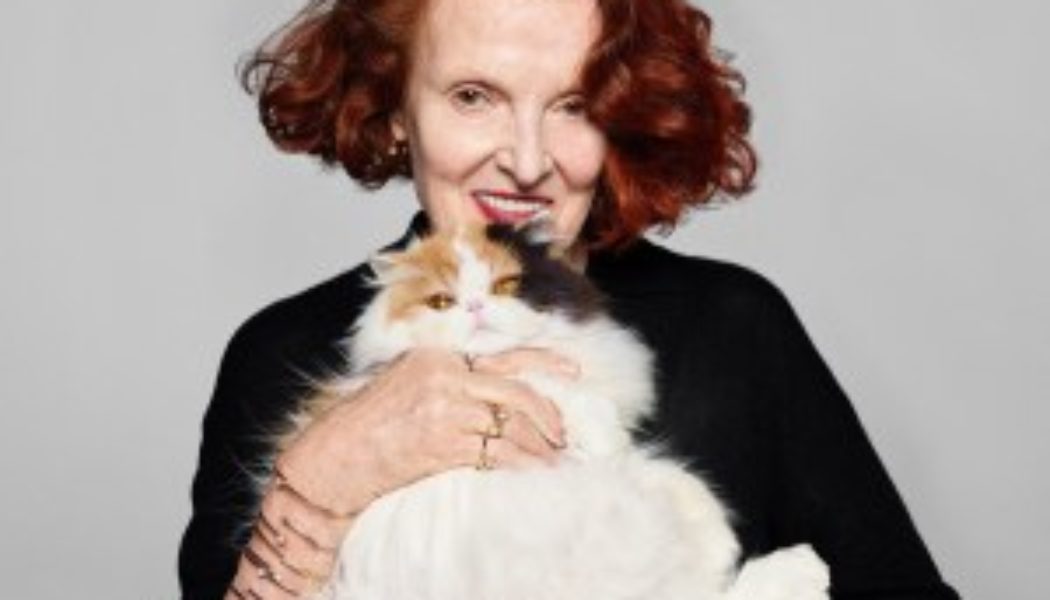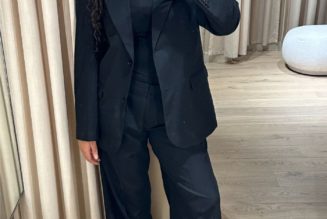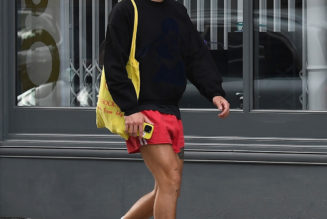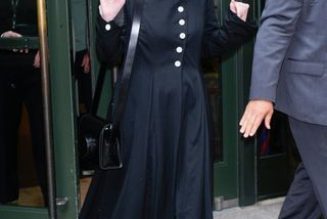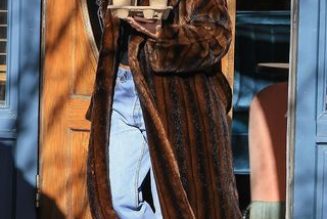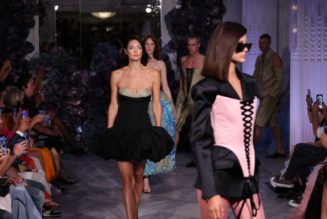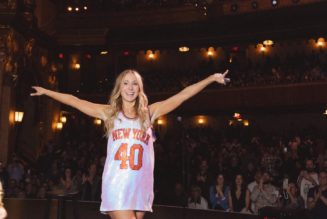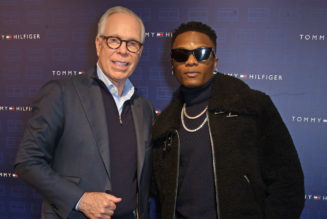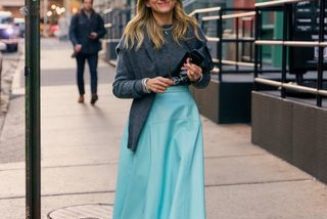LONDON — Danish jeweler Pandora is tearing a page out of the luxury fashion playbook as it seeks to penetrate a fragmented, unbranded market, which it believes is full of opportunity.
Pandora may play in the premium space and appeal to a range of customers with different degrees of spending power, but the brand has great aspirations — and not only for sales and profit growth.
It is enriching its retail and customer experience with a new store format, and enhanced e-commerce and personalization services. It is also broadening its product offer with new collections and styles built around pearls, lab-grown diamonds and Murano glass.
The company is sticking to its sustainability targets as well. Pandora said this week it is on track to shift to 100 percent recycled silver and gold by 2025, and is committed to innovating with lab-grown diamonds.
On Thursday, Pandora took equities analysts and press on a deep dive into its plans at its annual capital markets day. It made no secret of its ambitions.
“It has been our mission to democratize the jewelry space, and now we want to make a megabrand of Pandora,” said the chief executive officer Alexander Lacik.
“We are already the largest brand in the accessible jewelry market, and now we want to be the most desirable one, too,” he told the audience at Frameless London, a vast immersive show space a few steps from Marble Arch.
The company, which has a 1.3 percent share of the global jewelry market, is looking to achieve that growth by focusing on its loyal consumer base — and new customers it hopes to attract.
Lacik said Pandora is a business driven by volume, rather than price, and he wants to engage as many consumers as possible, offering them value, quality craftsmanship and top-notch service.
It also wants to offer them an aura of cool, one reason why the brand has been making moves in the fashion space.
Pandora is a sponsor of Copenhagen Fashion Week, and earlier this week become the principal partner of The Fashion Awards, which will take place at Royal Albert Hall in London on Dec. 4.
Mary Carmen Gasco-Buisson, chief marketing officer at Pandora, said the company was supporting the Fashion Awards as part of its mission to engage with the global cultural zeitgeist.
It’s engaging further with the high-end fashion world, hiring Baron & Baron to handle its ad campaigns. It’s also moving beyond its core category of charms and charm bracelets and tapping into the latest jewelry trends.
In August, Pandora expanded its lab-grown diamond category with three new collections and a star-studded campaign in the U.S., the U.K. and Australia. The Danish jeweler tapped Mario Sorrenti to shoot the campaign, which featured model and actress Pamela Anderson; American Sign Language interpreter and performer Justina Miles; former model and Vogue creative director at large Grace Coddington; and actress Amita Su.
The ambition is for lab-grown diamond collections to reach 1 billion Danish kroner, or $140 million, in sales by 2026. “We want to be a lab-grown diamonds destination,” said Gasco-Buisson.
Pandora is adding pearls to its offer and experimenting with new designs. Stephen Fairchild, Pandora’s chief product officer, said a new collection, called Pandora Essence, features more organic shapes and forms and has “massive potential” across all markets.
“We are just getting started,” Fairchild said. “We will be known as a full jewelry brand.”
Charms remain at the heart of the brand and are still a major revenue driver. The company sells 10 million charm bracelets and 50 million charms each year.
Fairchild described the Pandora charms as a “hyper object, collectable and desirable” similar to a pair of limited-edition sneakers.
He said one of the most popular styles last year was a blue Murano glass turtle. Pandora sold 300,000 of them globally.
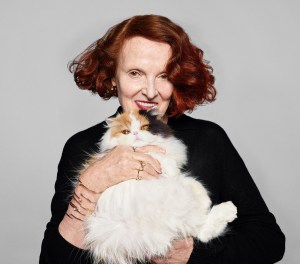
The company is fast expanding its retail footprint, too, with a focus on size and quality.
The company said there will be 400 to 500 net openings between 2024 and 2026. Pandora currently has 6,500 points of sale in 100 countries.
More than 70 percent of the stores are directly operated, and Pandora is increasingly looking to take back ownership of franchises in many established markets. The company said it is thinking and acting like a direct-to-consumer retailer.
It is also building bigger, brighter concept stores that can accommodate the different collections and offer services to customers such as repair, cleaning, ear piercing and one-to-one appointments that can be pre-booked online.
Massimo Basei, chief of retail operations, said the brand was rolling out its latest retail concept “at scale” internationally.
He said Pandora was eager to take advantage of the “white space” and opportunities for growth around the world, especially in new markets such as India, South Korea and South America.
Established markets, such as the U.S., are growing rapidly. Pandora said it plans to double revenue in the U.S. by 2025 (compared with 2019). In 2022, revenue in the U.S. was 7.9 billion kroner, or $1.12 billion.
The company started its day on a high note.
On Thursday morning, before Lacik and members of his top team took the podium, Pandora issued a positive profit warning for the medium term.
The jeweler said organic growth will range from 7 to 9 percent on a compound annual growth basis from 2023 to 2026, comprising 4 to 6 percent like-for-like growth, and network expansion of around 3 percent.
The company also updated its EBIT margin, or earnings before interest and taxes, expectations, too.
By 2026 the EBIT margin will range from 26 to 27 percent. Pandora had originally been expecting an EBIT margin of around 25 percent in 2023.
Revenue is expected to reach 34 billion to 36 billion Danish kroner, or $4.8 billion to $5.1 billion, in 2026 compared with an expected 27 billion kroner, or $3.8 billion, for 2023.
EBIT is expected to reach 8.8 billion to 9.7 billion kroner, or $1.2 billion to $1.4 billion, by 2026.
Pandora, which is publicly listed on the Nasdaq Copenhagen stock exchange, said its “asset-light” business model is expected to lead to 16 billion to 17 billion kroner, or $2.3 billion to $2.4 billion, free cash flow generation from 2024 to 2026.
The company also aims to return 14 billion to 17 billion kroner, or $2 billion to $2.4 billion, in cash to shareholders during 2024 to 2026.
The company said it plans to “scale up” investments to accelerate revenue growth, and pump up the “brand desirability” as well as the store network.
RBC Capital Markets, which currently has an underperform rating on Pandora, wrote before the capital markets day that the company’s core customer demographic “is more sensitive to the macroeconomic environment, for which the outlook is fairly uncertain.”
It added that “looking through the cyclical headwinds facing the business, we view the Phoenix [expansion] strategy as sensible, as it focuses on the core customer, brand building and sustainable growth opportunities.”
